How Rage Coffee has expanded at 500% y-o-y following an omnichannel approach
Founded in 2018 by serial entrepreneur Bharat Sethi, Rage Coffee is a rapidly growing FMCG company that manufactures, markets and distributes innovative coffee products globally through its D2C channel. With its innovative marketing strategy, Rage has been giving industry giants a stiff competition and has experienced 10x growth amid the pandemic. The brand has a loyal customer base of 3 lakh people and has upwards of 35% orders as repeat orders on its direct to customer website, 70% revenue is generated from repeat buyers.
The company’s popularity is driven by a strong community of Ragers, who swear by the products offered by the company. The brand has swiftly scaled up to new territories since its inception – expanding the offline network to 75 distributors, 5 CFAs, and 8 super stockists, covering 2,500+ offline touchpoints across India.
In conversation with Adgully, Bharat Sethi speaks about the journey of Rage Coffee so far, onboarding Virat Kohli, marketing strategies, trends dominating the industry, lessons learnt from the pandemic, and more.
How was the journey of Rage Coffee been as one of the rapidly growing FMCG companies?
The journey has been incredible - being a digitally native brand, our approach has been Omni-channel since inception. Our business has seen flourishing growth as we have been able to expand at 500% year-on-year. Being a direct-to-consumer (D2C) brand and excelling in all aspects of the model, such as innovative production techniques, smooth distribution, convenient retailing, and rapid delivery, is essential for paving the route to success. In this era, product innovation is of fundamental significance. Today, consumer preferences serve as the inspiration for the conception of something new. A few years back, just a small number of legacy brands controlled the coffee market. The duopolistic character of the market makes competition very difficult. In this context, it is more crucial to drive market share than to generate it.
When we think about the year ahead of us, we want to grow exponentially. I feel that the market is changing on a daily basis, and those who complain and refuse to compete will miss out on chances. From here, we want to be in an excellent position from which we may gain a competitive advantage. We've set a high goal for ourselves and want to do the same, so by next year, we want to generate five times the revenue, double our team size, and spend more on marketing and branding.
How was your experience with Virat Kohli as an investor and brand ambassador?
With Virat Kohli on board, it is very different, in terms of his fee and even availability, as he is one of the biggest stars in India. It's possible that he'll only be accessible occasionally since he spends two-thirds of the year playing cricket and representing India on the field. So when you're dealing with one of the world's most prominent sports stars, you need to keep these factors in mind when you're negotiating. Our main concerns in working together were whether or not he felt comfortable using our product and whether or not he appreciated what we were doing in the beginning stages. To begin with, we had to determine if Virat was really considering our proposition. After that, it was mostly a business decision.
The terms of the deal were set up in a way that gave him a reason to feel good about the partnership. On the other hand, we were also accessing our capacity and the primary platform that we were required to offer to him, which meant that this process also took a quarter. The onboarding procedure became a breeze once all the foundation had been laid. We were involved for over a year in attempting to understand and align the fit on both sides, and then another quarter in trying to materialize and seal the deal eventually.
What should be the marketing strategies for an effective FMCG brand?
For an FMCG brand that is entering the market, they would need to understand that the D2C market space is a fiercely competitive arena. The expense of acquiring customers, the effort required to keep them, and all of this in the age of personalization may be a double-edged sword for an FMCG company. It may be viewed as both a difficulty and an opportunity.
We, at Rage Coffee, have always aimed to be market leaders in our industry, so these hurdles are golden opportunities for us. The marketing strategy needs to entail an omnichannel approach where customers are constantly exposed to your brand online and offline. A fast-growing FMCG brand’s marketing playbook is always looking to establish innovation, consistency, and trust through its messaging and exercises.
It is imperative that trust is sown within the hearts of consumers by using a known face and resourceful associations. For instance, associations with famous brand names, prime-time TV shows, and sports leagues where the brand visibility is maximized and trust is multiplied. Innovation is brought into the conversation by creating products that are significantly different in DNA from what’s already available on the market. This approach has the potential to propel a brand ahead of its competitors in the pecking order of a consumer. Consistency is always the single most important factor. When a brand looks to be consistent in terms of quality, messaging, and customer service, it gains traction faster.
What are the trends dominating the industry?
Trends in the market can be tough to predict. They keep changing according to consumer preferences. Current trends include digital marketing, as consumers are more likely to spend more time on new-age digital tools than on conventional media tools like TV, newspapers, and public hoardings. Multi-brand marketing is something that has been beneficial for clients as well. It broadens a brand's commercial reach. It reduces the shelf space available to your rivals. Many brands are also trying to develop a sustainable product line. The more commodities one can offer, the more likely they are to increase engagement and create demand, which will increase sales.
Market expansion may help you strengthen your present market position and promote your company to a new audience. Another fresh trend that can be used and is being used is the product flanking approach. Brands are relentlessly trying to gain shelf space and inhibit competitors. These are some of the trends that are growing in stature as the established way of marketing a modern day FMCG brand.
What are the upcoming marketing campaigns of Rage Coffee?
We follow an omnichannel approach towards marketing and have interesting, consumer engaging marketing campaigns. With new product developments brewing in our kitchen, the campaigns differ from week to week. We are keeping a close connect with our customer via regular emailers, Instagram community and posts across other Social Media platforms.
How have the last two years of the pandemic been for Rage Coffee and what have you learnt from it?
For everyone in the market, the pandemic was a rollercoaster ride. However, the philosophy that keeps us going at this level can be attributed to the Rage team's ability to turn complicated challenges into golden opportunities. That is what we have learned from the pandemic period. We at Rage adhere to our golden three Ps: being pragmatic, pertinent, and perfect. We are practical throughout the development phase, pertinent during the marketing phase, and perfect during the distribution process. That is how we convert obstacles into opportunities. With both major waves of the pandemic, Rage Coffee saw a 300% rise in sales as more customers adapted to the online buying experience.
Secondly, I believe that customer tastes are fast shifting as a result of the market's diversity. As a result, the proportions of our brand have been transformed into a sponge; we are absorbing all of the competition from our competitor brands and working tirelessly to fill the void in the market and meet the appetite of innovation for our customer base. Our R & D team is constantly evaluating the market for ground-breaking goods.
The most important lesson has been to adapt, innovate and grow with the market constraints and capture the imagination of the audiences by surprising them.


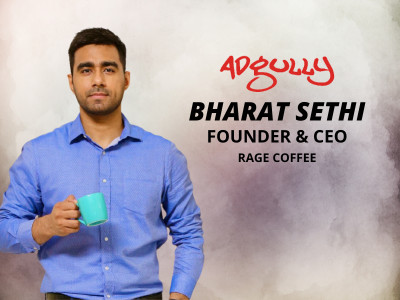

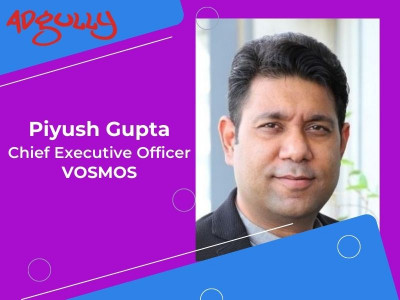
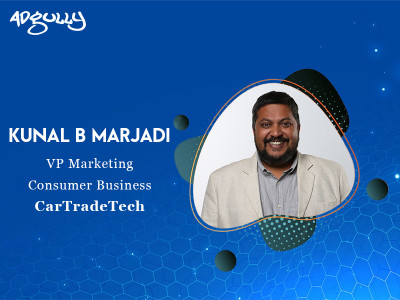
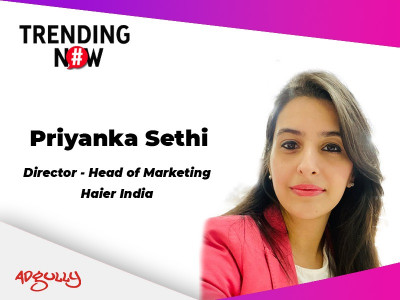
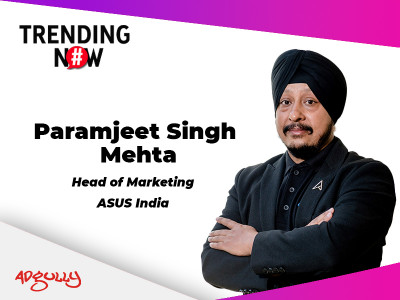
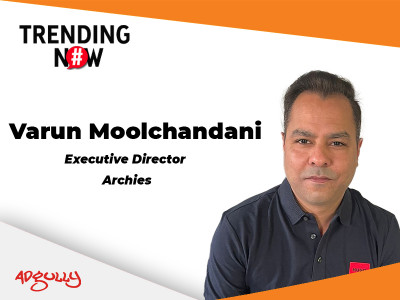
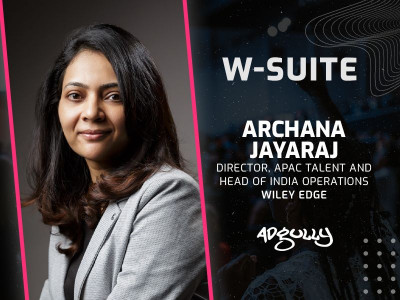

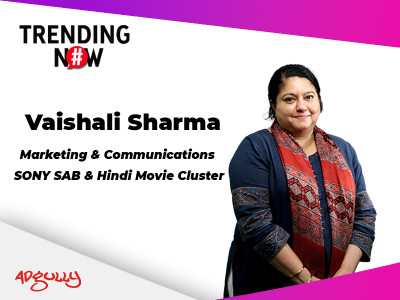
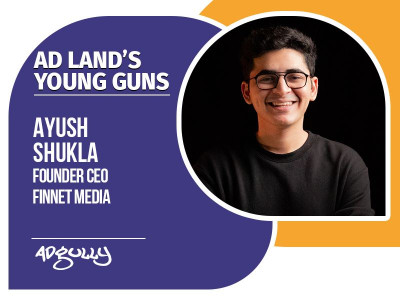

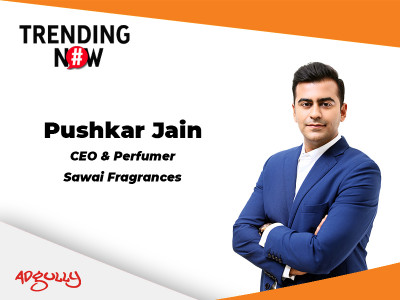

Share
Facebook
YouTube
Tweet
Twitter
LinkedIn